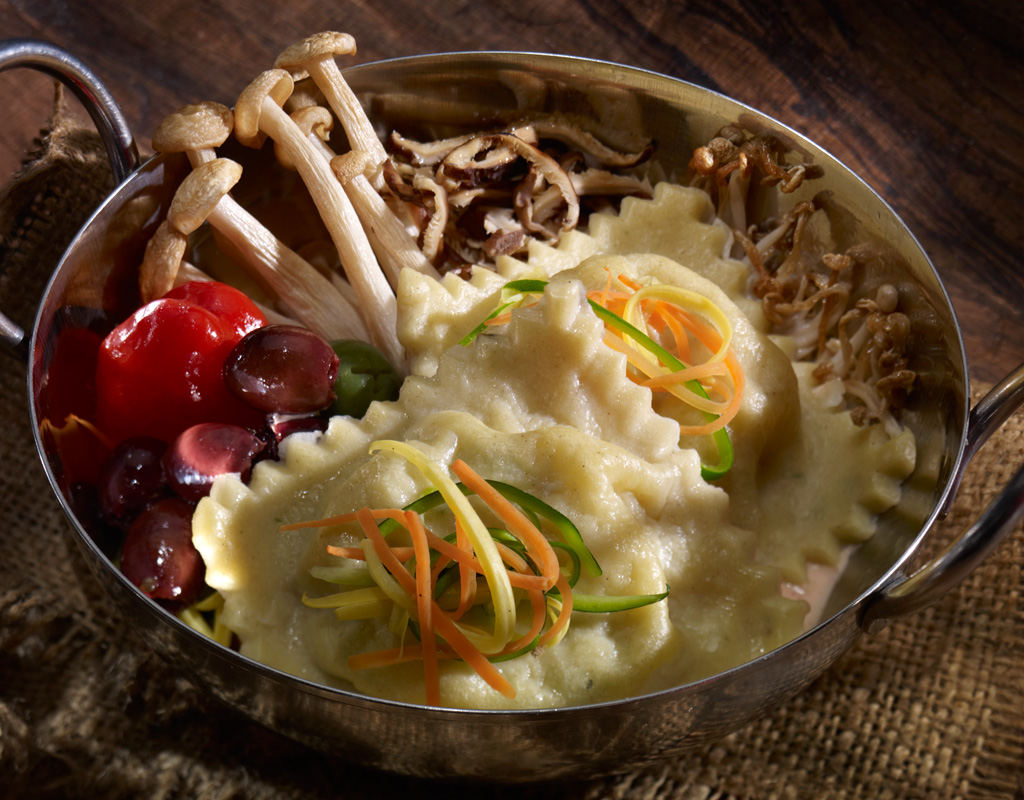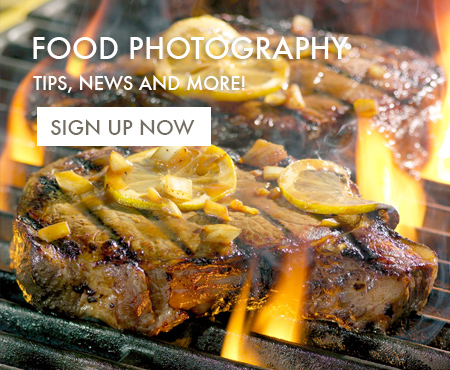Food Photography Props
If you are someone who appreciates good food photography, you’ll soon come to the conclusion that a big part of the success of a particular photo is the food photography props in the shot. Food photography props do several things for the photo. Their main jobs are to set the mood and fill out the composition, making the shot communicate what it was meant to, and to make the shoot look more appealing to the viewer’s eye.
Why are food photography props important?
The props set the mood of the shot. If you want to say “old world”, you don’t do it buy propping the shot with shiny metal stuff while at the same time, if you want to communicate modern, you don’t use rusty silverware. You usually don’t put hotdogs on silver platters or creme brûlée in styrofoam cups. You get the idea…
Props can help with in the composition. Many times when composing a food photo, you’ll find that everything looks great, except there’s something a little wrong in your composition. There’s a hole just begging for some type of object to fill it. And as long as the object is appropriate then props are just the answer. Maybe you want to add a fork or even a salt shaker. You just need something…
Some props are so cool that they “make” the photo. I’ve seen and made food photos where the props are just so cool that they make the shot. You have boring food and props are so cool that they end up saving the shot. Novel or cool props are great when you’re just trying to make a pretty picture, but if you’re trying to sell a product and not a mood, then they’re not all that useful.
What makes for a good food photography prop?
There are several criteria I use to determine if a food photography props is appropriate for the shot I working on. These are the criteria I use…
Use – Does the the prop belong in the shot? For example, you just wouldn’t use a pizza cutter in a pancake shot. If it doesn’t belong, no matter how pretty it is or cool it is, it still doesn’t belong…
Color – In most food photography shots, there is a color pallette, intentional or not, that predominates the photo. There are times when I try to add a prop and the color clashes with other elements in the shot. If it becomes the least bit of a distraction, take it out.
Size – Photographic composition is something hard to articulate, but you’ll find that some props are just too large or too small for your shot. They may be appropriate, but they just don’t fit, so don’t try to force it.
Shape – Again, photographic composition is difficult to discuss, but there are times when a round bread plate is better than a rectangular one. The prop you’re trying to use might be too horizontal or too vertical or it might be too thin or too fat. After doing it awhile, you’ll look at the shot and your subconscious will say. “Na… that ain’t working” That’s the time to experiment and try another prop.
Era – I love antique props, but I seldom get to use them. Most of the time there ends up being a theme of sorts to the photo. It might be casual, upscale, old world, modern, or whatever. The bottom line, is that unless the theme is eclectic, then you have to stick with the props that fit the theme.
Novelty – Novelty is something good and sometimes bad. If your job is to sell a particular food, then if the prop steals the limelight, then it’s a bad prop. If, on the other hand, you’re just out to make a pretty picture, then if the novel food photography prop helps that end, then sure, go for it. Be careful though, novelty can sometimes become a distraction and take the viewers mind off of what you’re attempting to communicate.
List of useful food photography props
Table surfaces, tableclothes, napkins, napkin rings, salt and paper shakers, flatware / silverware, every and shape size plate, every size and shape bowl, ramekins, knives, cooling racks, oil bottles, strainers, cutting boards, pots, pans, skillets, bread baskets, baking pans, mixing spoons, disks, ladles, measuring cups, measuring spoons, teapots, cups and saucers, drinking glasses, and pretty much anything else you can imagine…
Conclusion
Some types of food photography can require only the bare minimum of props, while others will require lots of pros to communicate your desired message. If you’re serious about food photography, you’ll need to master the proper use of props and propping. Good luck and enjoy the wonderful world of food photography.




Michael, these are all beautiful ……. stunning really.
Thank you, and thank you again for taking the time to post. I’m starting to wonder if anyone reads this stuff… :o)
Yes we do! Thank you for writing this, I love your images 🙂 Don’t give up the blog!
Thank you for the kind words… I plan on blogging at least one time a week. Stay tuned!
Hi Michael,as you are one of Americas top pro food shooters I am sure that you are read and what you say is taken on board.
Cheers
Wayne
Thank you for the kind words. While I do find gratification from sharing, the main reason for blogging like this is to gain its benefits for SEO reasons, that in turn leads to good Search Engine placement, with in turn leads to people like you thinking I’m one of the best. It’s all an illusion… :o)
Thanks for sharing! My friend and photografer Jack Rowell is the one that shared your blog with me and I am happy he did.
Best,
Paula
That’s great to hear. Check back Monday. I just finished the post and I think it will be my very best yet. Have a nice weekend!
Excellent tips, thanks for sharing with your readers Michael. Interesting and unique props are sometimes hard to find! I just discovered Etsy which is a fantastic online store and they have some great props!
Do you have a link for us?
Yes! 🙂 http://etsy.com is the address! One can type in “Food Props” and then select from a category in the sidebar!